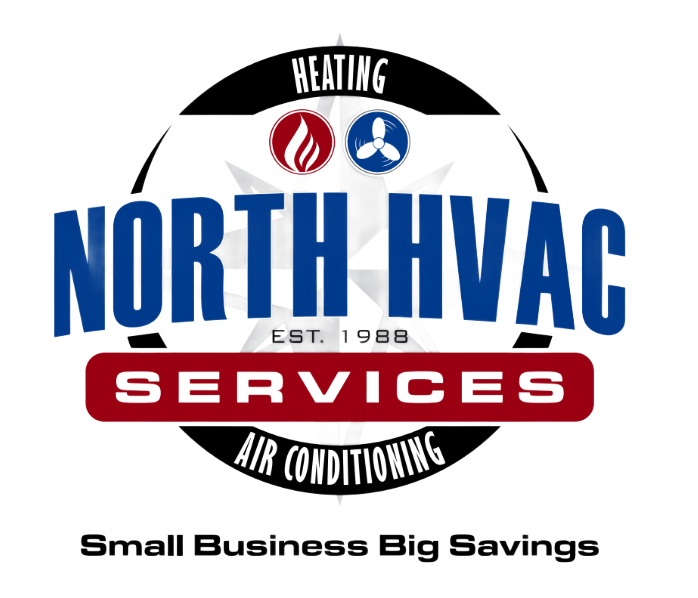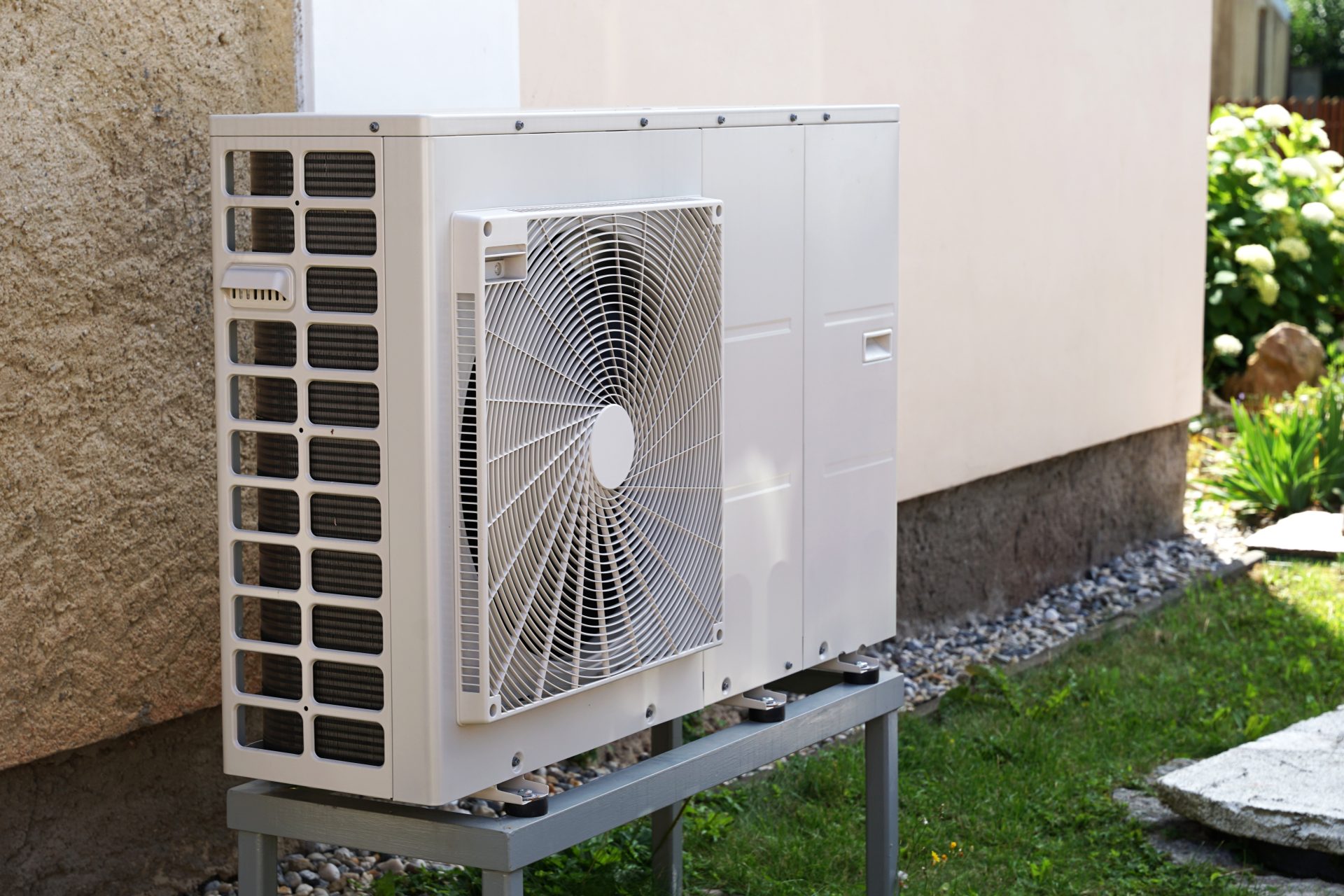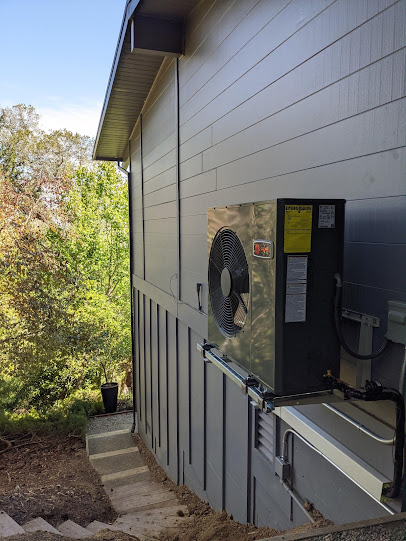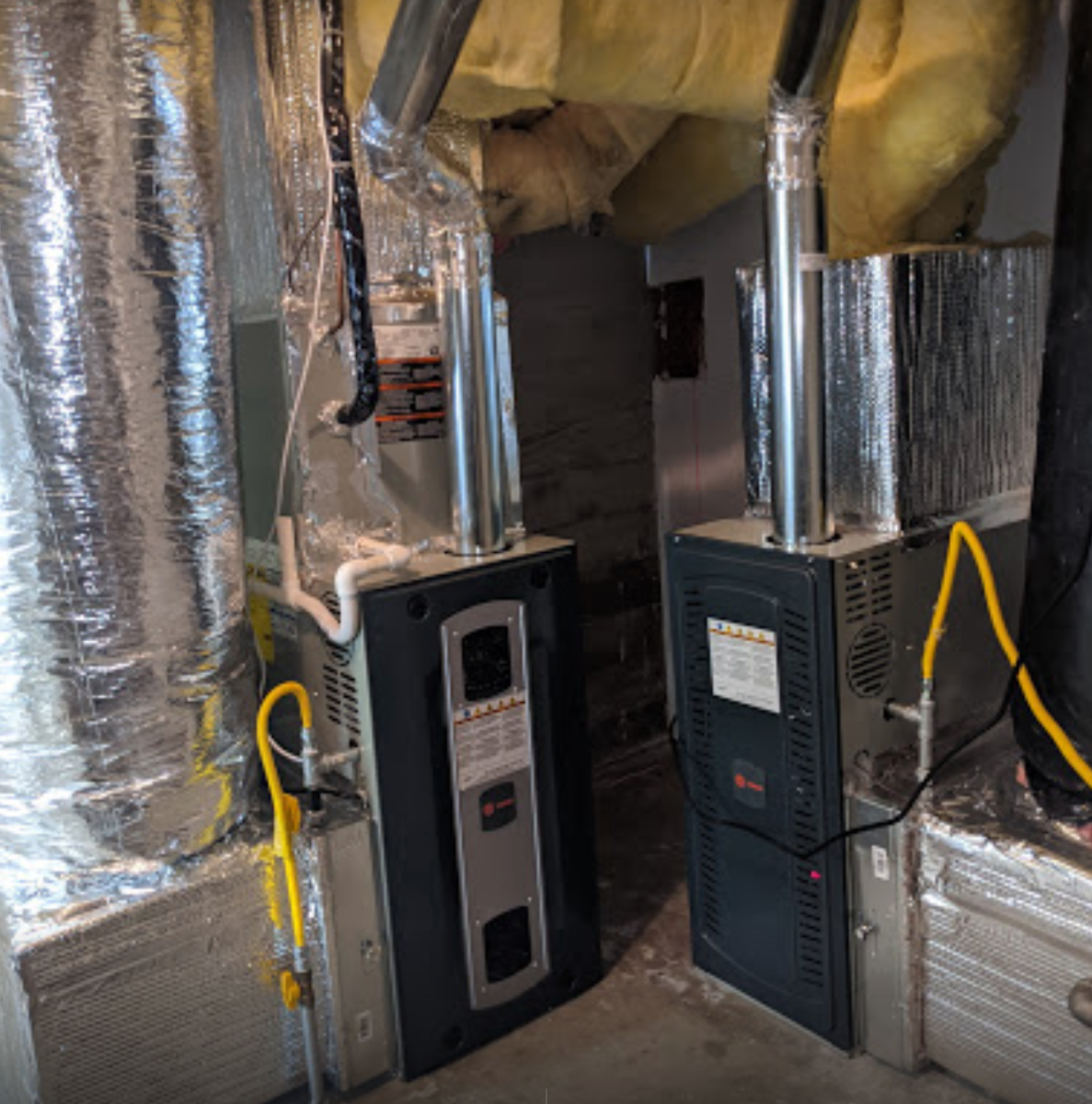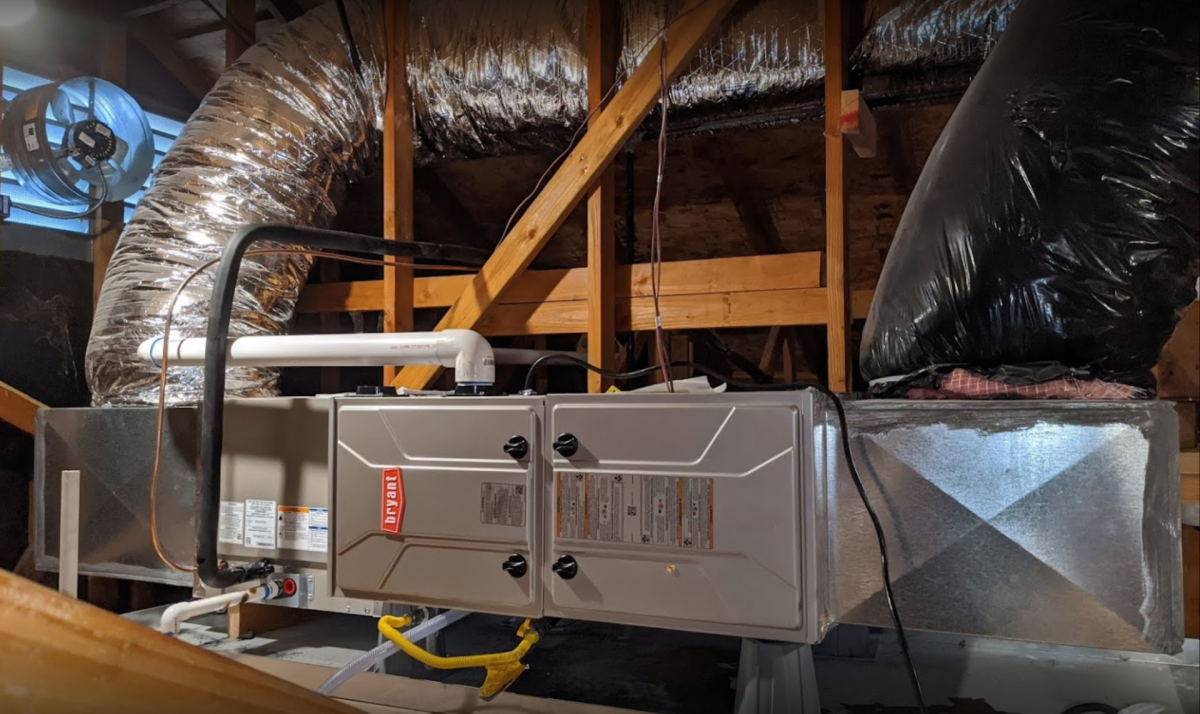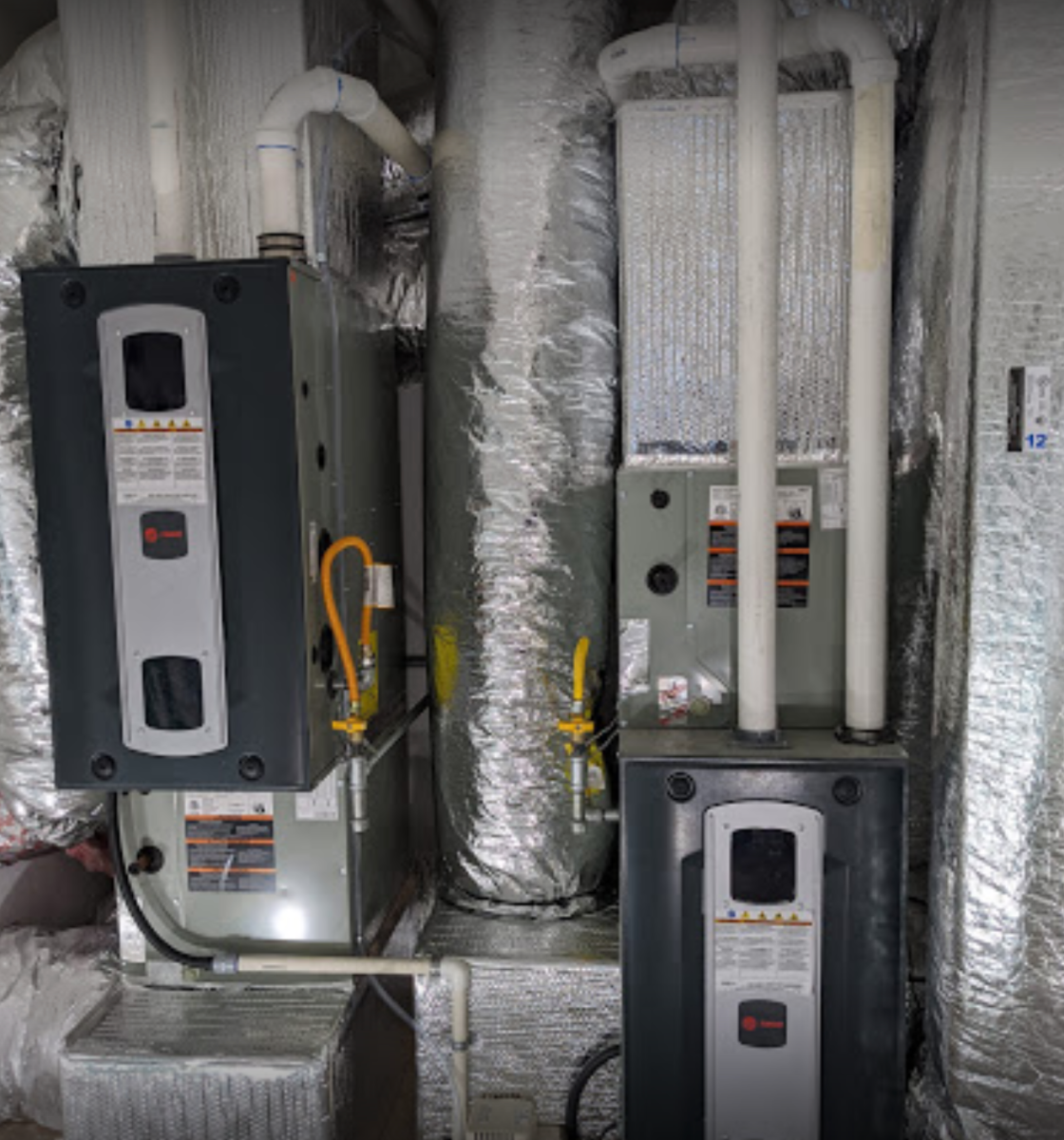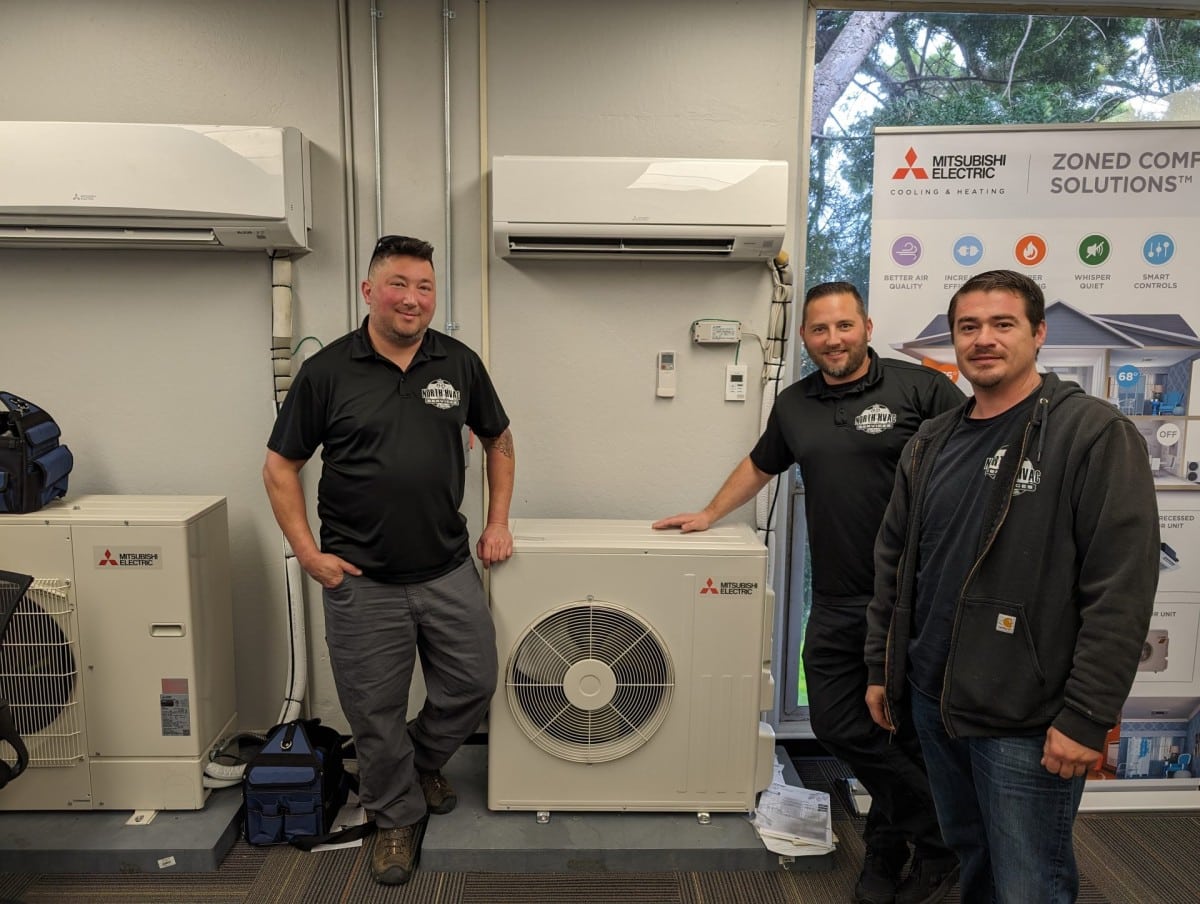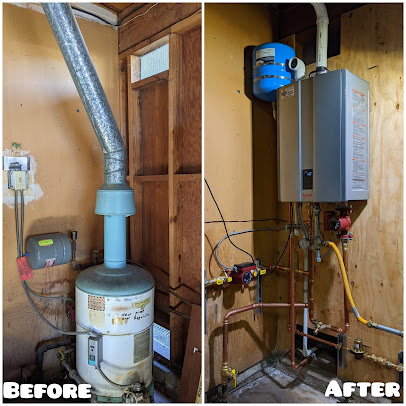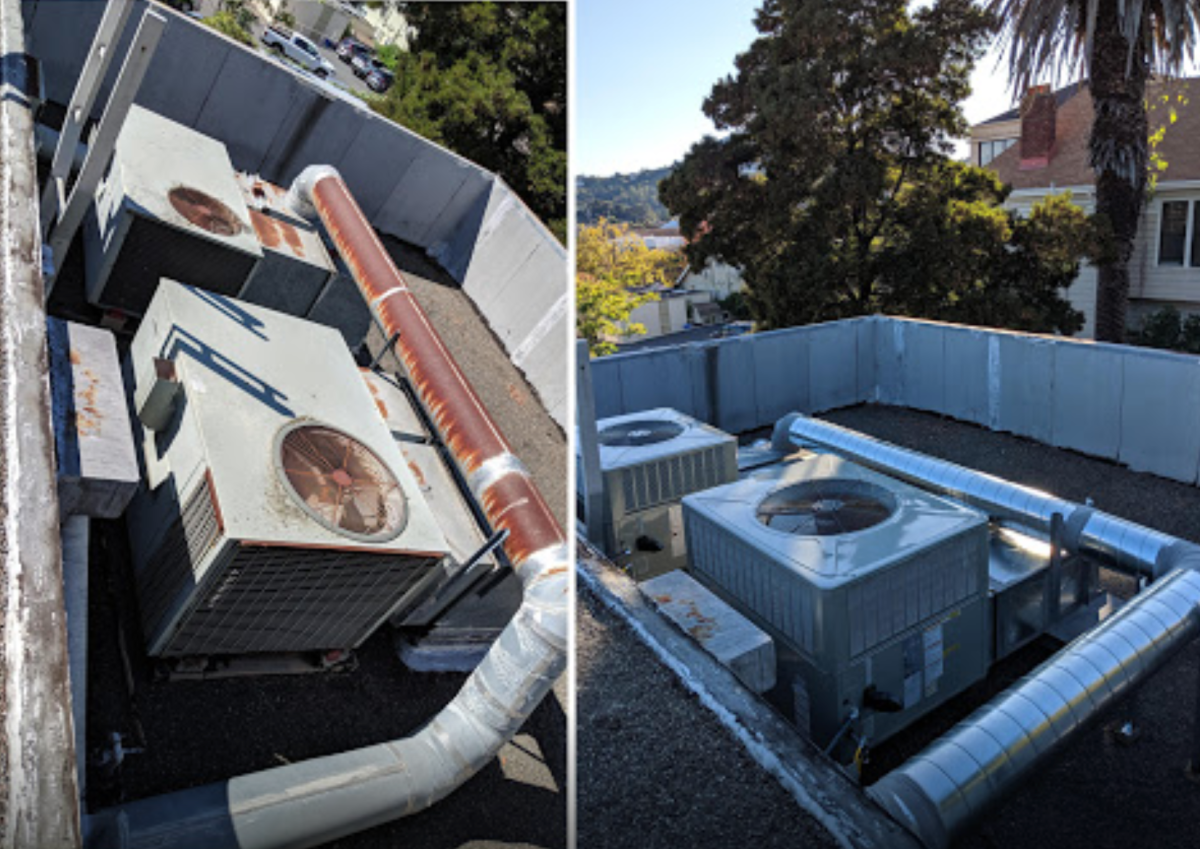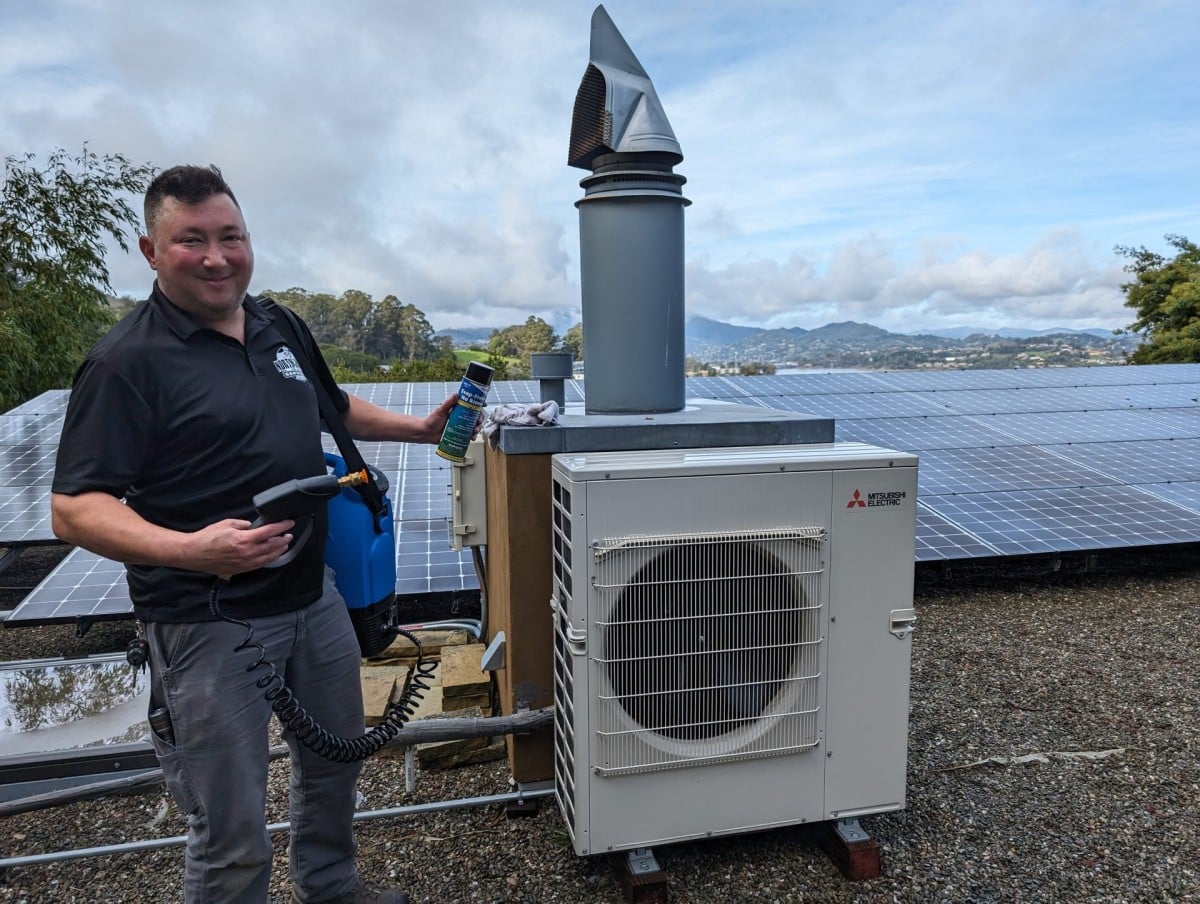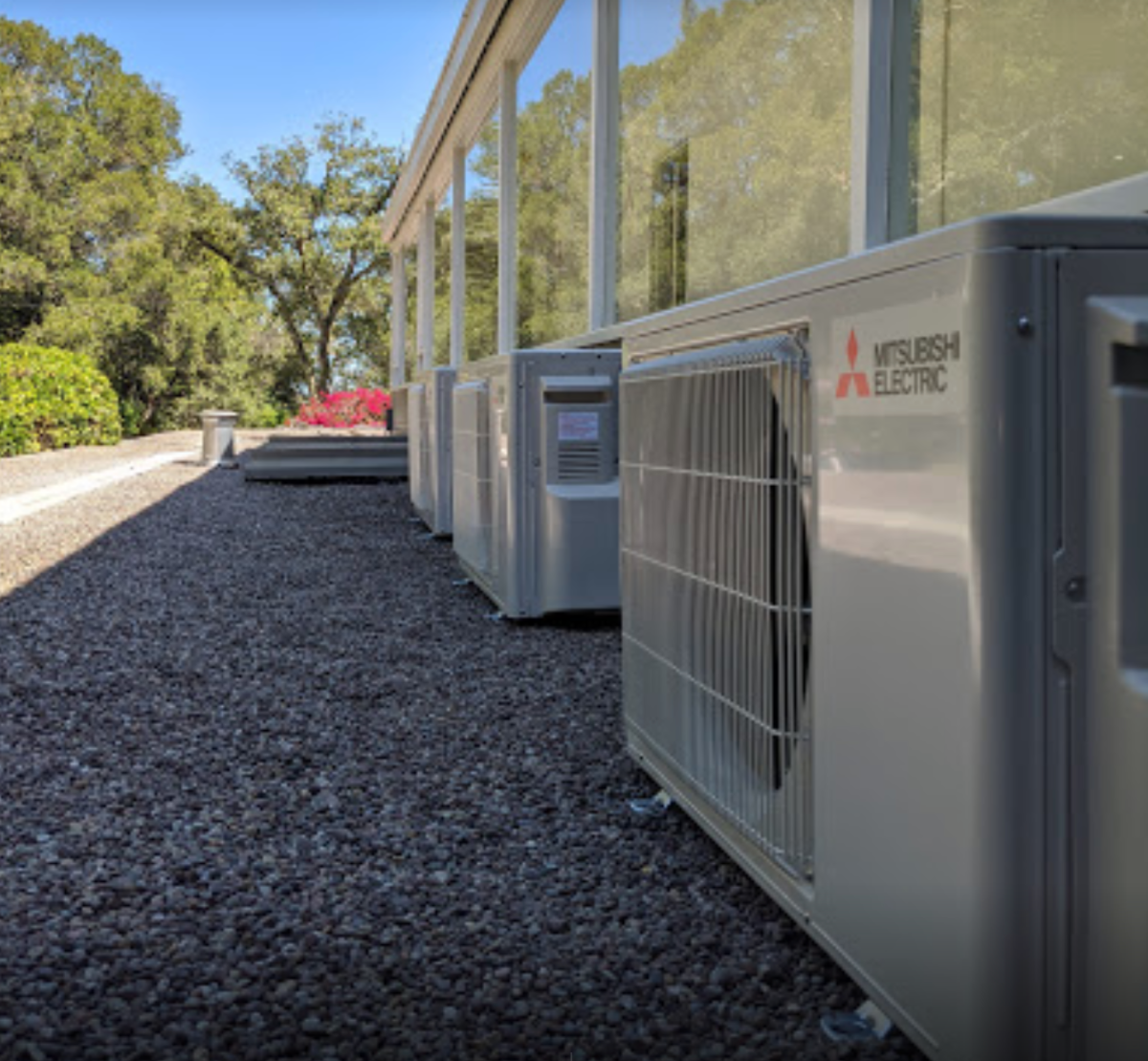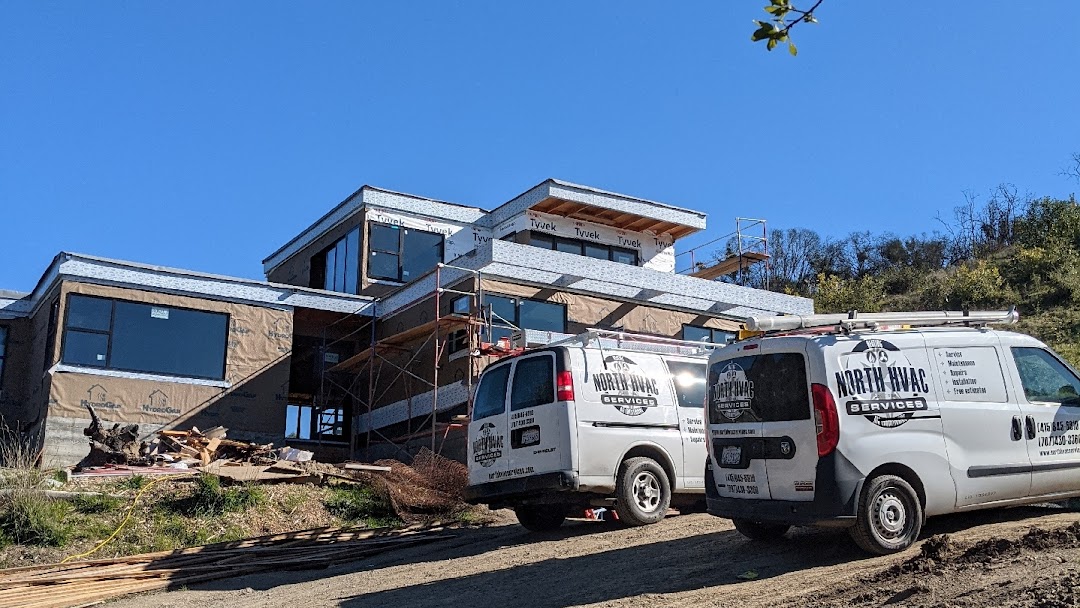California homeowners are increasingly replacing their traditional HVAC systems with modern heat pumps. Rising energy costs, cleaner technology, and generous rebates are fueling the trend. But while heat pumps work beautifully for many homes in Northern California, they aren’t the right fit for everyone.
If you’re considering making the switch, understanding how they work—and how they perform in coastal versus inland climates—will help you make the best decision for your home.
What makes a heat pump different
A heat pump moves heat instead of generating it. In the winter, it extracts heat from the air outside and transfers it indoors. In the summer, it reverses the process to pull heat out of your home and release it outdoors.
That two-way operation replaces both your furnace and air conditioner with a single system. Because the process relies on electricity instead of fuel combustion, heat pumps are cleaner and significantly more energy efficient than gas or oil systems.
Modern air-source heat pumps perform well even when temperatures drop near freezing, making them a practical choice for most of the North Bay.
Why homeowners are switching
More people in California are choosing heat pumps for both environmental and financial reasons. These systems are electric, meaning they reduce or eliminate dependence on natural gas. They’re also far more efficient—typically producing up to three times more energy than they consume.
Beyond the energy savings, a single system that heats and cools simplifies maintenance, reduces space requirements, and aligns with California’s push toward home electrification and carbon reduction.
Performance in coastal vs inland climates
Northern California’s diverse geography means your home’s location plays a big role in how well a heat pump performs.
Coastal communities like Marin, Sonoma, and San Francisco stay mild year-round, making them ideal for all-electric systems. Inland areas—such as Santa Rosa, Napa, and Petaluma—experience more temperature swings, but modern cold-climate models now handle those changes easily.
General rule of thumb:
-
Coastal homes: Excellent fit for full electrification.
-
Inland homes: Great fit, often with an optional backup system.
-
Mountain or rural zones: Consider a dual-fuel (hybrid) setup for extreme cold.
North HVAC Services installs both standard and cold-climate heat pumps across Northern California. Call (415) 845-6910 to schedule a consultation and find out which model fits your home best.
The energy efficiency advantage
Heat pumps can achieve efficiency ratings of 200–300%, meaning they deliver two to three units of heating energy for every unit of electricity they consume. By comparison, even the best gas furnaces reach about 95% efficiency.
Because they run longer at lower speeds, they keep your home at a more consistent temperature without short-cycling or creating hot and cold spots. Over the course of a year, that efficiency adds up to measurable energy savings.
How much money you can save
Upfront installation costs for heat pumps can be higher than traditional systems, but the long-term payoff is strong. Most homeowners save 20–40% on annual heating and cooling bills, depending on system size and energy rates.
What affects savings:
-
Efficiency rating (SEER2, HSPF2, or ENERGY STAR certification)
-
Local electric vs gas pricing
-
Insulation quality and duct sealing
-
Proper system sizing and installation quality
A properly installed heat pump can cut energy waste and reduce maintenance costs by replacing two appliances with one system.
Rebates and incentives available in California
Several federal and state programs make switching more affordable. Current options include:
-
Federal Energy Efficient Home Improvement Credit: Offers 30% off project costs (up to $2,000). IRS credit info
-
BayREN Home+ Program: Provides rebates for qualifying heat pump systems in the Bay Area.
-
PG&E Residential Rebates: Includes incentives for high-efficiency HVAC installations.
-
California HEEHRA and HOMES Programs: Fund electrification rebates for low- to moderate-income households, depending on location and income level.
These programs can collectively save you thousands. North HVAC Services helps homeowners identify which rebates apply and assists with the paperwork to make the process smooth and stress-free.
When a heat pump may not be the right fit
While heat pumps work in most Northern California homes, there are exceptions.
You might need to consider alternatives if:
-
Your home’s insulation or air sealing is poor.
-
You experience frequent sub-25°F nights.
-
Your ductwork is old or leaky.
-
Your electrical panel lacks capacity for a new system.
In these cases, a hybrid system that combines a heat pump with a gas furnace can be a good compromise. It provides full heating capacity while maintaining efficiency for most of the year.
Ducted vs ductless systems
If your home already has central ductwork in good condition, a ducted heat pump can often use the existing layout with minimal modification.
For homes without ducts—or for additions, remodels, or zone-specific upgrades—a ductless mini-split system is ideal. Each indoor unit operates independently, allowing you to heat or cool only the rooms you use most often.
This zoning flexibility provides precise comfort and saves energy, especially in homes with multiple floors or uneven temperatures.
Environmental and comfort benefits
Beyond efficiency, heat pumps improve comfort and air quality. They run quietly and distribute air evenly, preventing hot and cold pockets throughout the house.
Because they don’t burn fuel, there’s no risk of carbon monoxide or gas leaks. They also support cleaner indoor air, especially when paired with high-efficiency filters or air purifiers.
Environmentally, switching to an all-electric system helps reduce greenhouse gas emissions. As California continues increasing renewable energy production, that impact only grows over time.
What proper installation means for performance
A heat pump’s efficiency depends heavily on correct sizing and installation. If it’s too large, it short-cycles. Too small, and it can’t keep up in extreme temperatures.
Proper installation includes:
-
Full load calculation to determine capacity
-
Duct inspection and sealing
-
Correct refrigerant charge and line sizing
-
Smart thermostat integration
-
Outdoor unit placement for airflow and drainage
North HVAC Services performs detailed assessments to ensure every heat pump they install meets your home’s unique heating and cooling load. For expert installation and honest recommendations, call (415) 845-6910.
Long-term maintenance and lifespan
Heat pumps last 12–18 years with annual maintenance. Scheduling yearly HVAC tune-ups keeps efficiency high and prevents early wear.
Regular service includes cleaning coils, checking refrigerant levels, testing electrical components, and calibrating controls. This small investment helps avoid costly breakdowns and keeps your system operating at peak efficiency year-round.
How to determine if your home is ready
Before installing a heat pump, you’ll want to assess a few key points:
-
Evaluate your home’s insulation and air sealing.
-
Have a professional inspect your ductwork or plan a ductless design.
-
Confirm electrical panel capacity for the new system.
-
Review your rebate eligibility based on ZIP code and household income.
-
Compare the total cost of ownership against your current heating and cooling expenses.
A trusted contractor can guide you through this process. North HVAC Services helps homeowners across Sonoma, Marin, and Napa counties evaluate their options and determine whether a heat pump is the right investment for their home.
The best time to make the switch
Spring and fall are ideal seasons for heat pump installation. You’ll avoid the scheduling rush of peak heating and cooling months and have your new system ready before extreme weather hits.
If your current furnace or AC is nearing 15 years old, upgrading before it fails lets you plan your budget, qualify for rebates, and avoid an emergency replacement during a heat wave or cold spell.
The takeaway
For most homes in Northern California, heat pumps are an excellent choice for efficiency, comfort, and long-term savings. They’re quiet, environmentally friendly, and compatible with California’s growing rebate programs.
Whether you live near the coast or inland, modern systems are designed to perform efficiently all year long. If you’re curious about cost, compatibility, or potential savings, North HVAC Services can walk you through every step—from choosing the right unit to handling the rebate paperwork. Call (415) 845-6910 to schedule a personalized in-home consultation.
